







 MY WHEATHER KIT
MY WHEATHER KIT
MY WEATHER BOOKS
My book report:
EXPERIMENT 1: How do I measure the weather ( the wind and the rain)?
a) Wind gauge: indicades how strongly the wind is blowing.
 b) Wind vane: indicates the direction that the wind is blowing.
b) Wind vane: indicates the direction that the wind is blowing. c) Wind rose: indicates the points of the compass.
c) Wind rose: indicates the points of the compass.
 d) Rain gauge: the rainfall collection container indicates how much it has rained (one mar on the scale corresponds to 10 liters of rain on a surface area of one square meter)
d) Rain gauge: the rainfall collection container indicates how much it has rained (one mar on the scale corresponds to 10 liters of rain on a surface area of one square meter) What causes lighting?
What causes lighting?In clouds during storm, cold and warm air are agitated together. The dropetsnof water and little ice crystals in the clouds rub against each other and became charged. In order to regain a balance,. they have to discharge themselves. That maes lightning.

What is a thunder?
When a lightning bolt races to the ground, it heats the air so much that the air abruptly expands. That creates noise.

Why are there different kinds of clouds?

1. Cumulus clouds:
These look like little pieces of cotton wool and are too small to bring rain.

2. Cumulonimbus clouds:
These are tall, dense clouds that can bring heavy rain showers and thunderstorms.

3. Stratus clouds:
These are flat, low altitude clouds that can bring drizzle or fog.

4. Altostratus clouds:
These clous are like a thick gray sheet, high in the sky. Wind is needed to create these.

5. Cirrus clouds:
These thin, wispy cluds form at very high altitudes.

6. Airplane contrails:
Water from jet engines is converted into fine ice crystals that you can see.


I create a miniature world. The water forms dropets on the plastic wrap, which fall back down to the Earth again. The water evaporates, the fine droplets in the air precipitate on the plastic wrap, and they can then fall back to the ground of my miniature world. I can see these fine droplets in the air ouside as clouds in the sky.


EXPERIMENT 3: Where did the water go?
Water consists of many tiny particles. They are not permanently attached to each other, but can come apart and be taken up by the air. Then, the water becomes distributed in very fine particles in the air. The water in my experiment evaporated. Warm air can absorb more of the tiny water particles than cold air can.

EXPERIMENT 4: Who makes the weather?
I marked the water level in the measuring cup. after two to three hours in the sun, the air became warm and expanded. It needed more space, and pushed the water out of the cup down into the bowl. So when the sun shines, it not only warms the surface of the Earth, but the air as well. Wherever the sun isn't shining, the air mantains its temperature. In that way, we get different masses of air. In order to even out this difference, the air starts to flow; Wind is created. So the sun is a major cause of the weather.

5: How do I mesaure the weather ( temperature)?
The thermometer measures the temperature of the air. There is a red liquid in the thermometer's glass tube. It expands when it is warm and that makes it require more spaca. So the red column rises. When it is cold, the liquid contracts and the red column goes down. The oC (degrees Celsius) unit is used in most of the world, although oF ( degrees Fahrenheit) is still commonly used in the USA. O oC= 32 oF.
EXPERIMENT 6: What creates a rainbow?
 Sunlight is made of a mixture of many colors of light. All the colors together appear to us as white light. But when the sun shines through water, each color in the mix behaves differently. The light becomes separated into its individual colors; it becomes broken or refracted.
Sunlight is made of a mixture of many colors of light. All the colors together appear to us as white light. But when the sun shines through water, each color in the mix behaves differently. The light becomes separated into its individual colors; it becomes broken or refracted.
EXPERIMENT 7: Where do drops of water come from?
I notice that warm air can absorb more water than cold air. In this experiment the icy water cools the air in the cup so much that the air has to get rid of the water again. Little water droplets form on the wall of the cup; the water from the air condenses.


















 EXPERIMENT 2: Where do clouds come from?
EXPERIMENT 2: Where do clouds come from?












 This last compass is in the Ibn Battuta Mall in Dubai, UAE., the rest of the compass are my collection.
This last compass is in the Ibn Battuta Mall in Dubai, UAE., the rest of the compass are my collection.

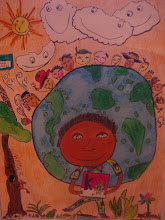
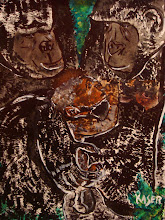
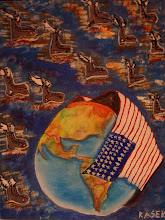

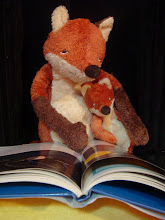

.jpg)


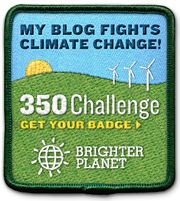

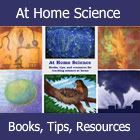



No comments:
Post a Comment